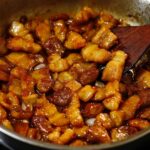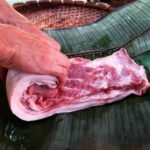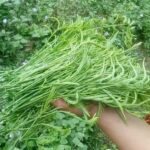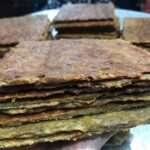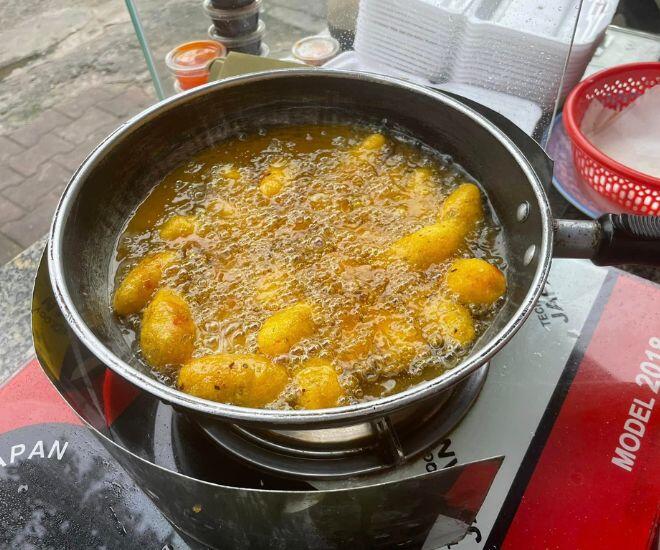
The first impression comes from its unique name. “Bánh chị” is not a widely recognized name, but for the people of Binh Duong, it’s a cherished dish with deep roots. Some believe it originated from the Chinese community and, over time, became a staple in the local Vietnamese diet. Its simple, rustic name sparks curiosity among those encountering it for the first time.
The ingredients for “bánh chị” are remarkably simple: tapioca flour, green onions, and dried shrimp. Artisans use boiling water to mix the flour, kneading it until it’s pliable before shaping it into thin, round pieces. These are then fried in hot oil until golden brown. The combination of a crispy exterior and chewy interior, paired with the subtle saltiness of the dried shrimp, creates a distinctive flavor that’s hard to forget. The small, ivory-colored cakes, dotted with green onions and orange shrimp, exude a rustic charm that’s unexpectedly captivating.
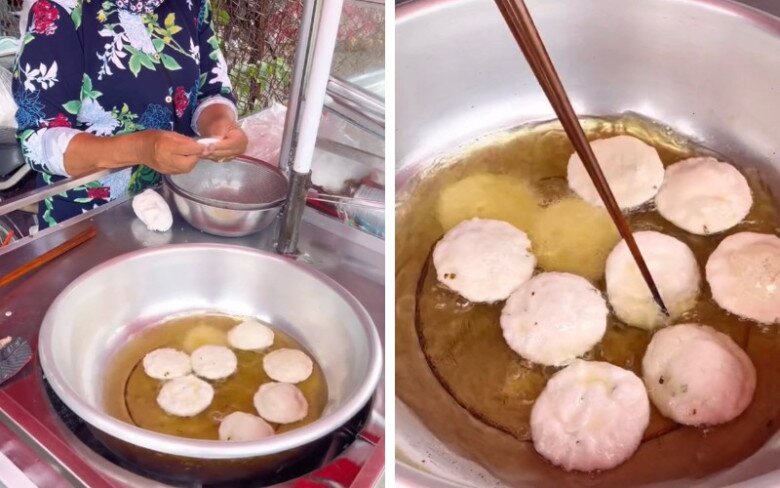
What sets “bánh chị” apart from other fried snacks is its dipping sauce. Traditionally eaten plain due to the seasoned dough, it’s now often paired with a sweet and sour fish sauce. This sauce, balanced with shredded papaya and roasted peanuts, harmonizes sweetness, saltiness, sourness, and richness. This combination elevates the humble dish, leaving a lasting impression on first-time tasters.
Priced at just a few thousand dong, these treats are typically sold in the afternoon at small stalls. For locals, it’s a nostalgic childhood snack. However, as time passes, fewer vendors sell “bánh chị,” making it harder to find. For those from Binh Duong living afar, the memory of this tiny treat becomes even more precious.
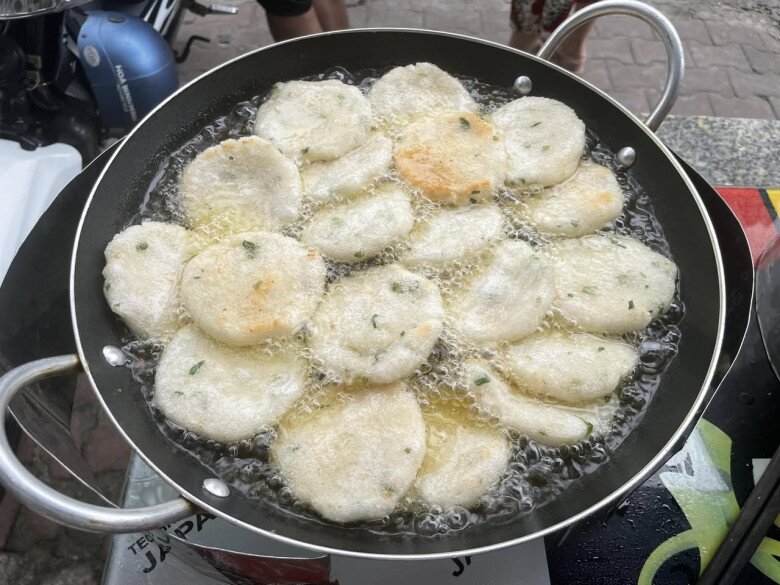
While the ingredients are easy to find, the meticulous process of kneading the dough, shaping the cakes, and maintaining the frying temperature is what ensures authenticity. Few places preserve the traditional recipe, with one notable exception being Mrs. Năm’s stall, where she’s been selling “bánh chị” for over three decades. She recalls how children once gathered around her hot frying pan, eagerly awaiting each batch—a simple joy that’s become a cherished memory for generations.
Interestingly, while many local specialties have been commercialized, “bánh chị” remains untouched by mass production. It’s rarely found on restaurant menus or at large festivals, and this rarity adds to its allure. Recently, its appearance on social media sparked a wave of interest, drawing visitors to Binh Duong to experience it firsthand.
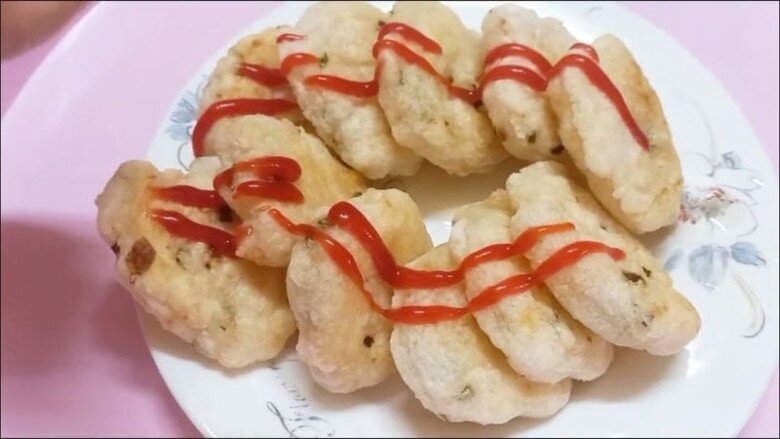
Culinary experts note that the resurgence of rustic dishes like “bánh chị” reflects a growing appreciation for traditional flavors. Travelers seek not only famous specialties but also lesser-known dishes that embody local culture. This presents an opportunity for Binh Duong to showcase its rich culinary heritage and unique cultural identity.
“Bánh chị” epitomizes the simplicity and enduring appeal of folk cuisine. Made from humble ingredients and crafted with skill, it holds immense emotional value. It connects people to their childhood, preserves memories across generations, and offers new potential for Binh Duong’s culinary tourism when promoted effectively.
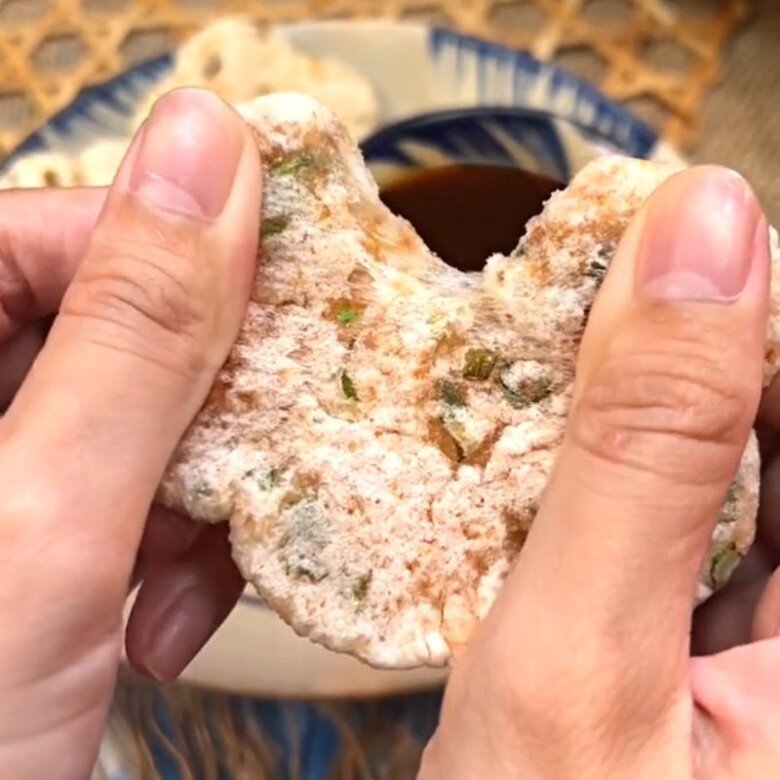
In the journey to explore Vietnam’s culture and cuisine, seemingly small dishes like “bánh chị” leave a lasting impact. More than a snack, it tells a story of Chinese-Vietnamese cultural fusion, childhood memories by the stove, and the enduring power of simple flavors. This is why this modest treat has become a beloved specialty, cherished by both locals and visitors alike.
“Unique Thai Binh Specialty: Whole Pork Leg Dish—Order Weeks in Advance for This Rare Delicacy”
Discover a unique twist on traditional Vietnamese sausages with *giò nây*, a delicacy that stands apart from classics like *giò xào*, *giò bò*, *chả mỡ*, or *chả quế*. While these favorites are crafted from finely minced meat, *giò nây* takes a bold departure by using whole cuts of pork, meticulously rolled to perfection. Experience the rich, authentic flavors of this distinctive creation, where tradition meets innovation in every bite.


























